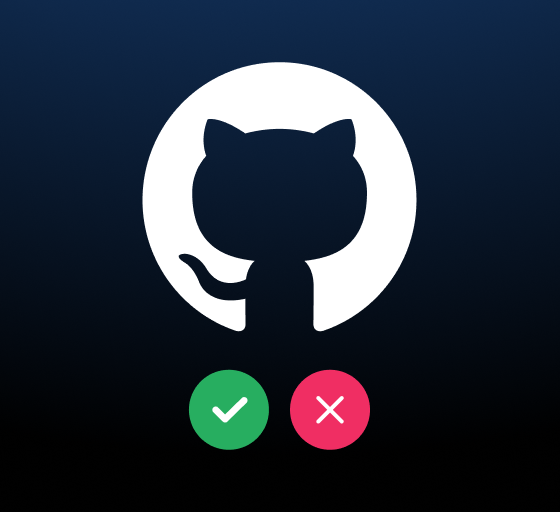Indent for on-call: incident.io Integration
Incidents can be as chaotic as a pack of puppies trying to get to a bowl of peanut butter. Engineers can see the goal, the issue is coordination. And that chaos is expensive- lost time results in missed revenue and lower customer satisfaction.
Teams need centralized communication and automation to reduce chaos.
That’s why we’re excited to announce our integration with incident.io.
By using incident.io and Indent together you can:
- Spin-up an incident Slack channel with all the appropriate stakeholders
- Allow responders to claim roles and responsibilities during incidents
- Get your response team secure on-demand access in seconds during an incident
- Maintain SOC 2 compliance by having a bot auto approve the necessary access
- Record accurate logs during incidents for compliance audits
- Auto-revoke access after the incident is closed
Give it a try in our interactive demo below:
incident.io empowers teams to run incidents from start to finish, so they can rapidly fix and learn from incidents. It enables you to quickly spin up a dedicated Slack channel and call-bridge for your incident, so you can collaborate in one place and focus on running your incident without losing context.
incident.io provides the guardrails to run incidents, by providing best practice automation and nudges. Within incident.io, you can assign key roles like Incident lead, and create and assign actions to ensure accountability. Need additional help? You can easily escalate an incident to the right person with a single click from within your incident channel.
When your incident is over, incident.io generates a post-mortem and timeline for you so you can follow-up effectively and learn from your incidents.
Auto approvals with incident.io
Let’s say you’re seeing higher than normal latencies on prod. You register an incident with the /incident command. incident.io creates your command center in Slack, and team members start filing in. How do those team members get access to Grafana and the other resources they need to start investigating?
They’re able to type /access in Slack, and request access to the Operations Okta group to view more in-depth logs or system metrics in a tool like Grafana.
The incident.io + Indent integration makes all of this work:
- Someone opens an incident in incident.io
- On-call engineer requests access, and Indent automatically approves based on their incident role assignment to grant secure access to necessary resources
- All of this happens from Slack and is recorded for full auditability
Getting Started
Cool, so what do you need to do to get that setup? You’ll obviously need incident.io and Indent. Then you should:
- Schedule a demo or sign up for Indent
- Go to indent.com/catalog/incidentio to install the integration
- Follow our documentation for instructions on setting up Indent with incident.io
- Configure the auto approval policies for resources to grant temporary on-call access
- Start granting temporary access during incidents!

